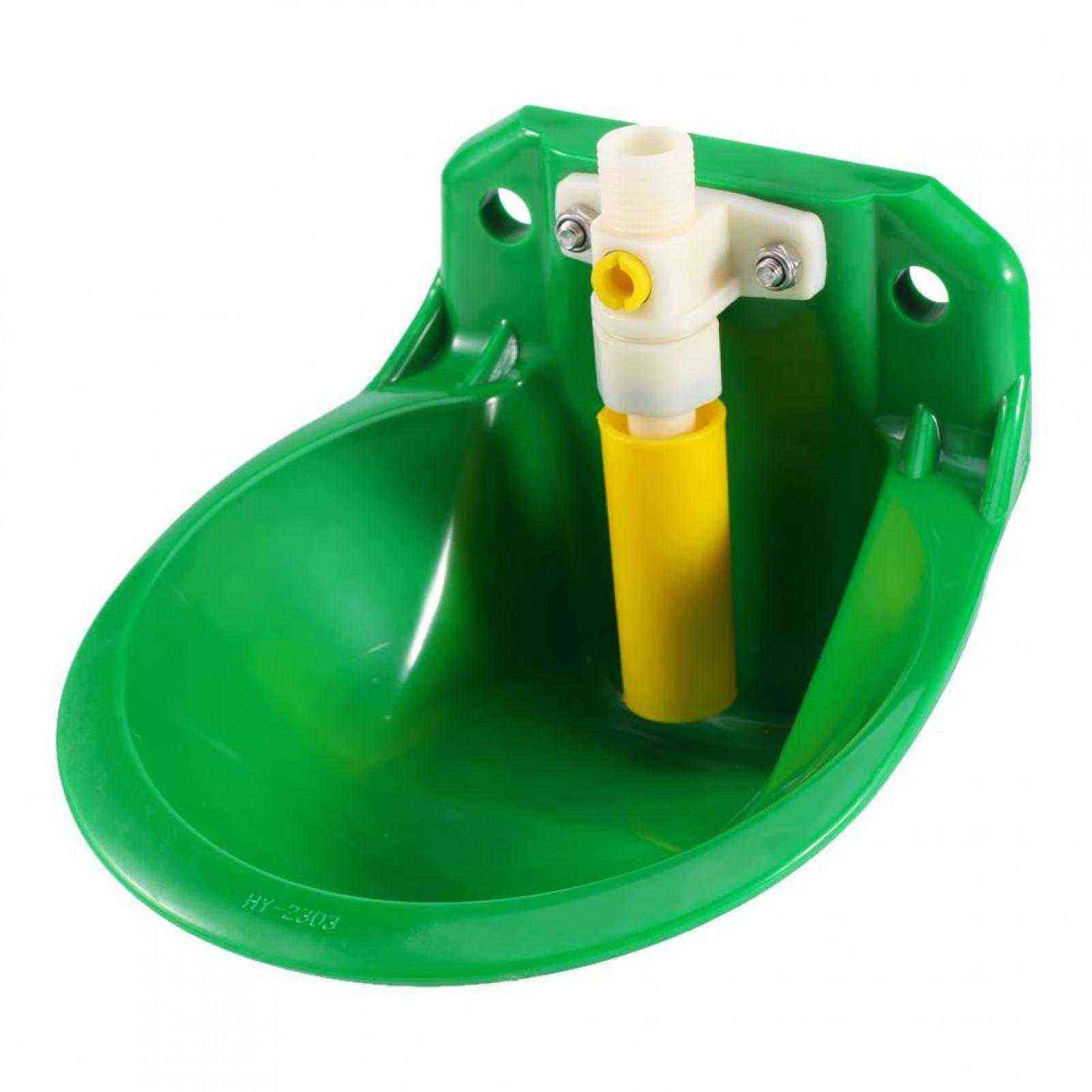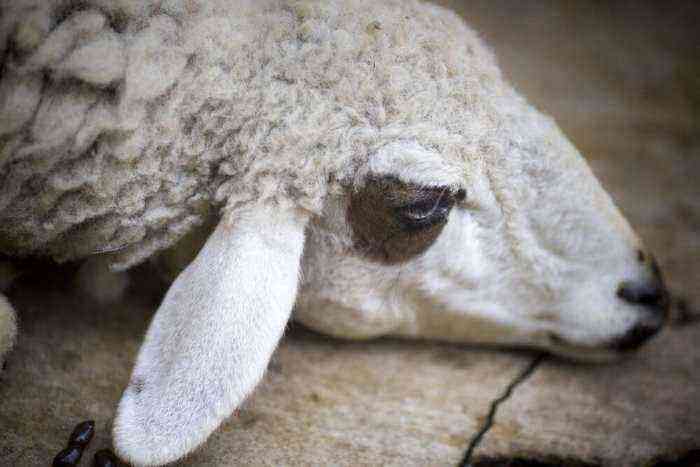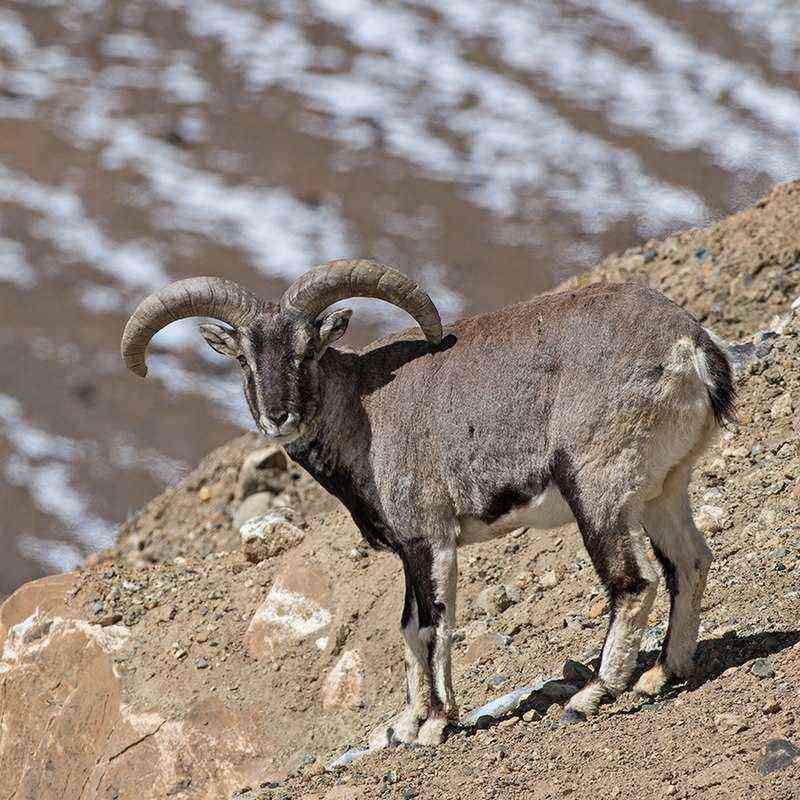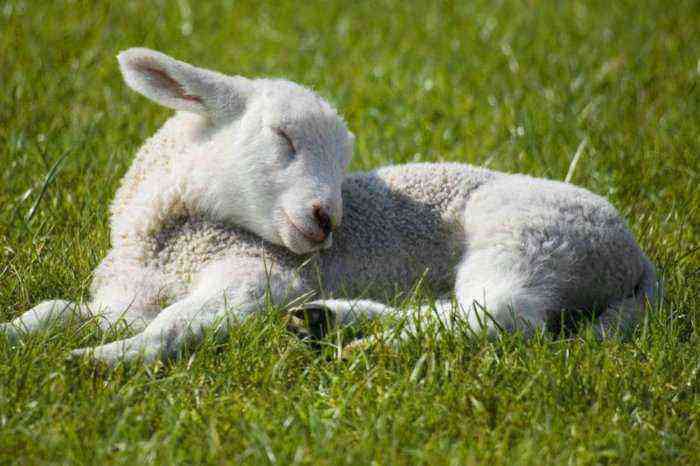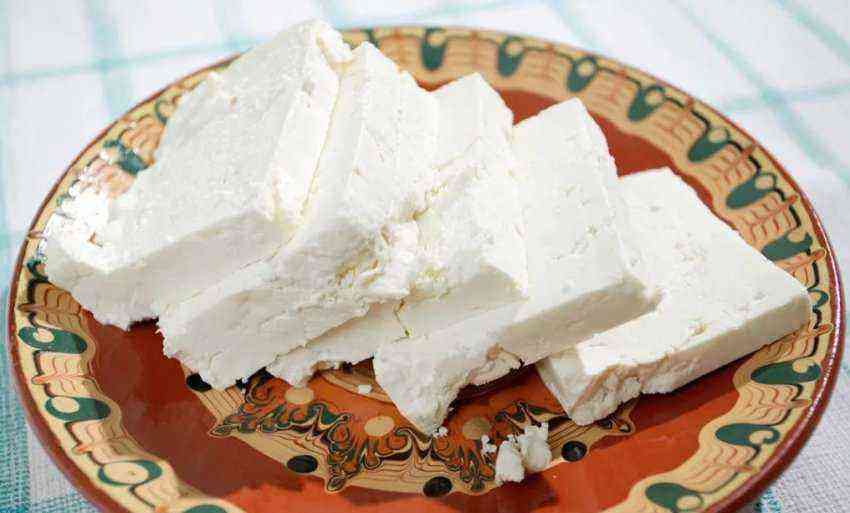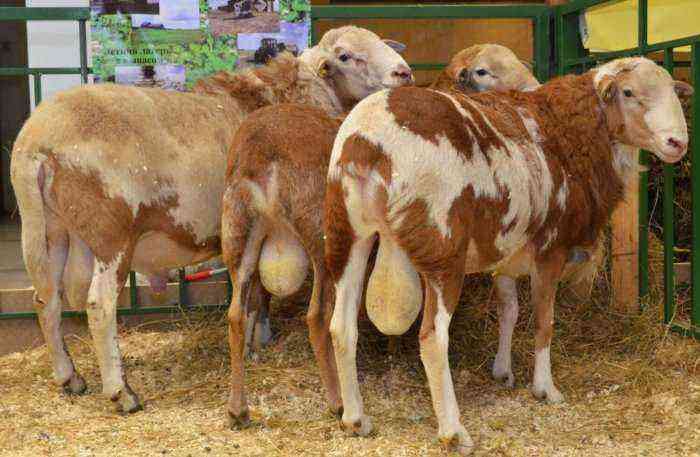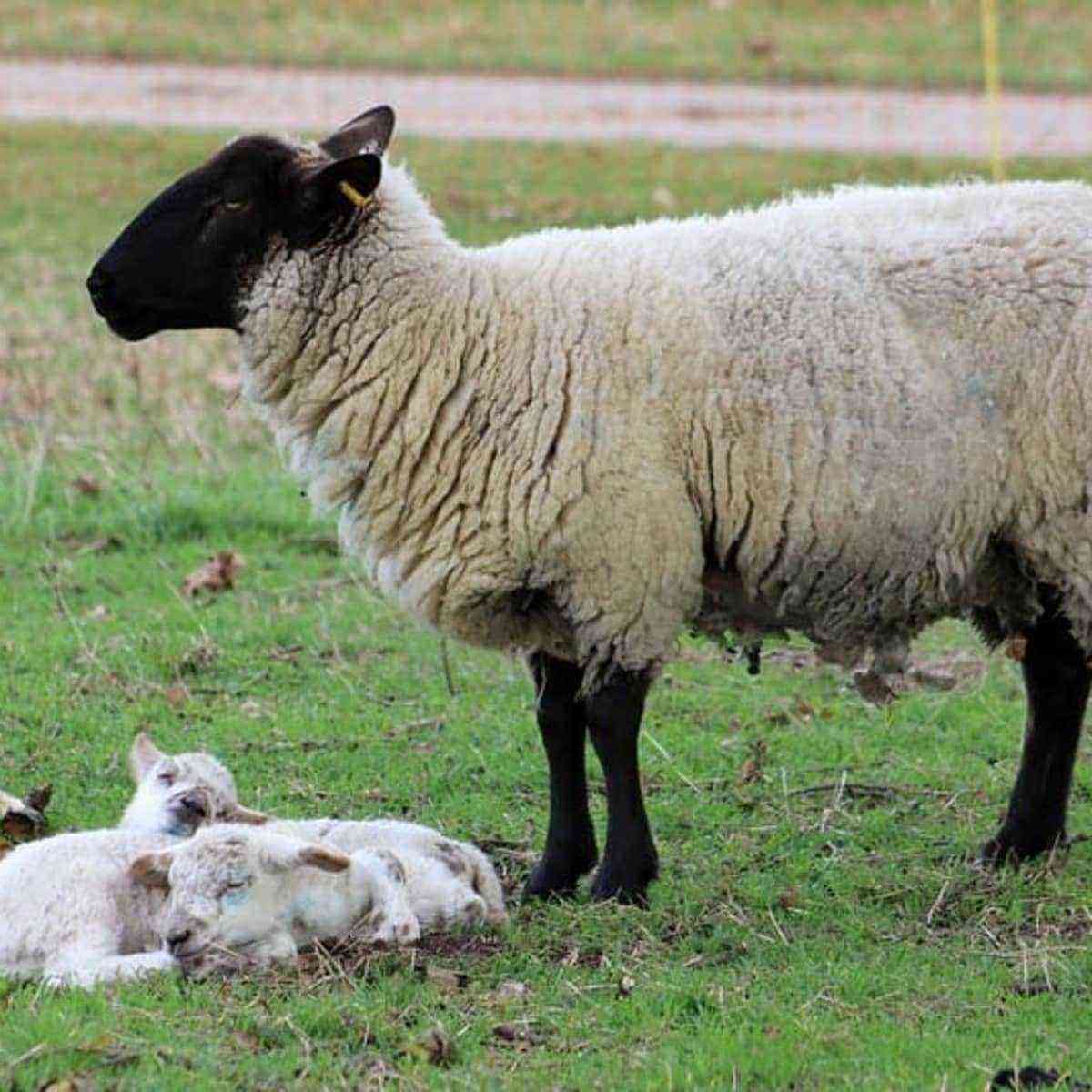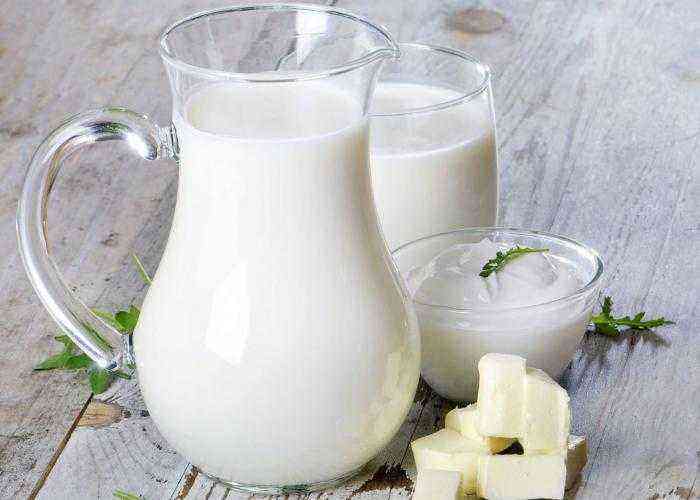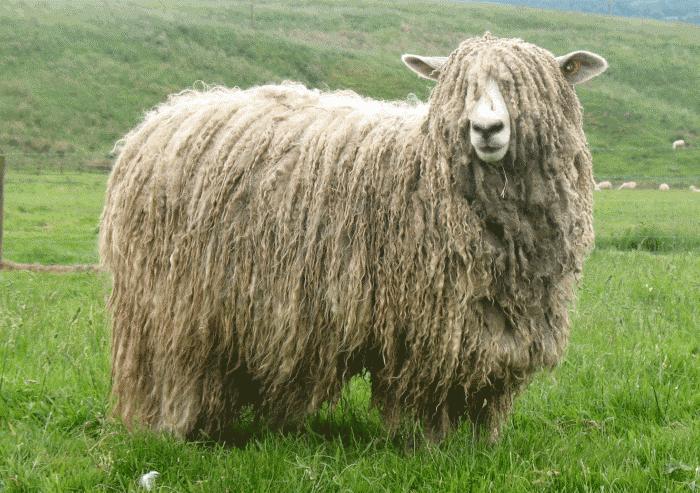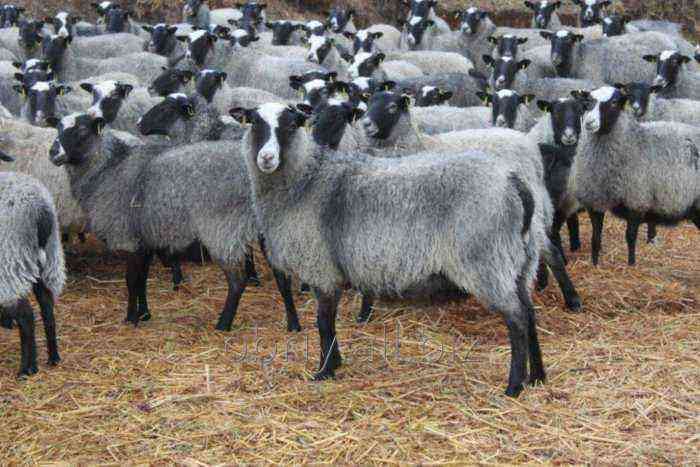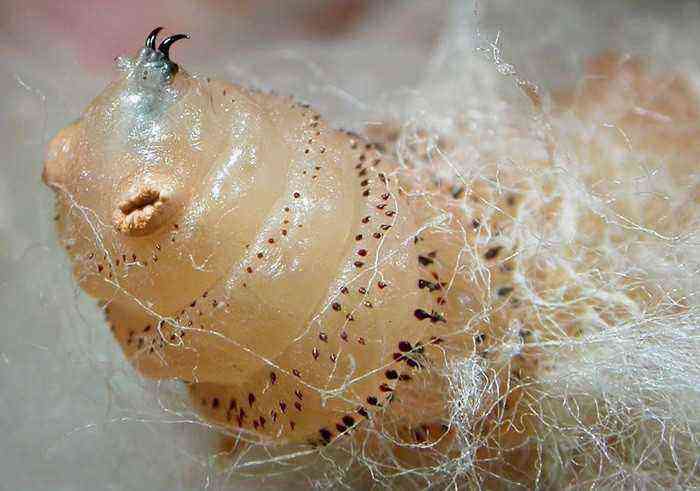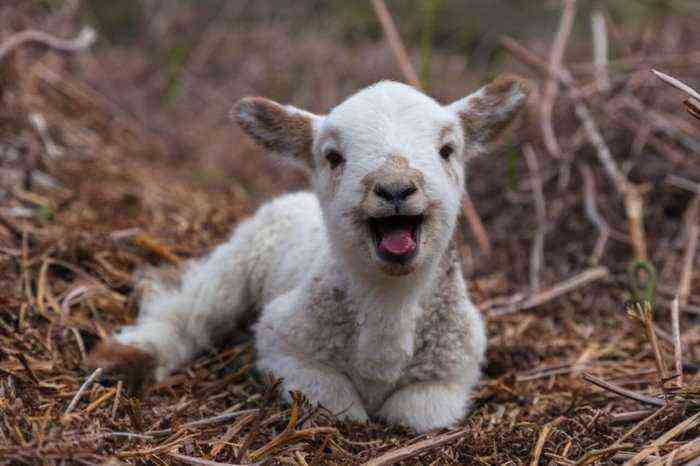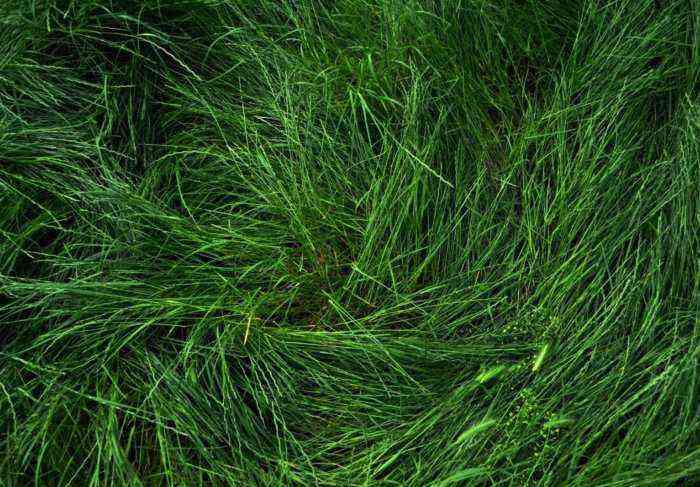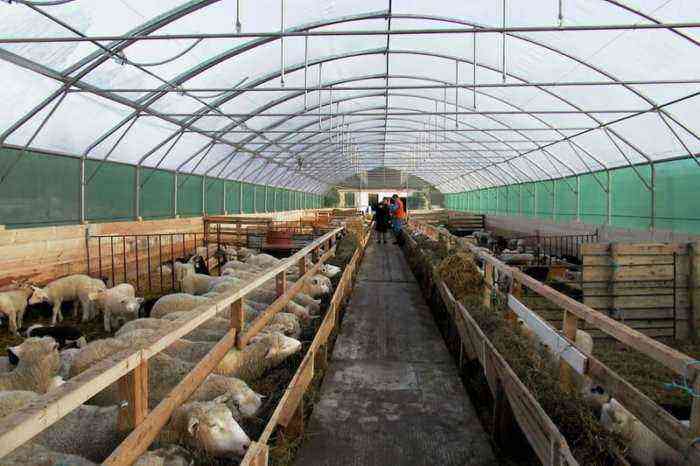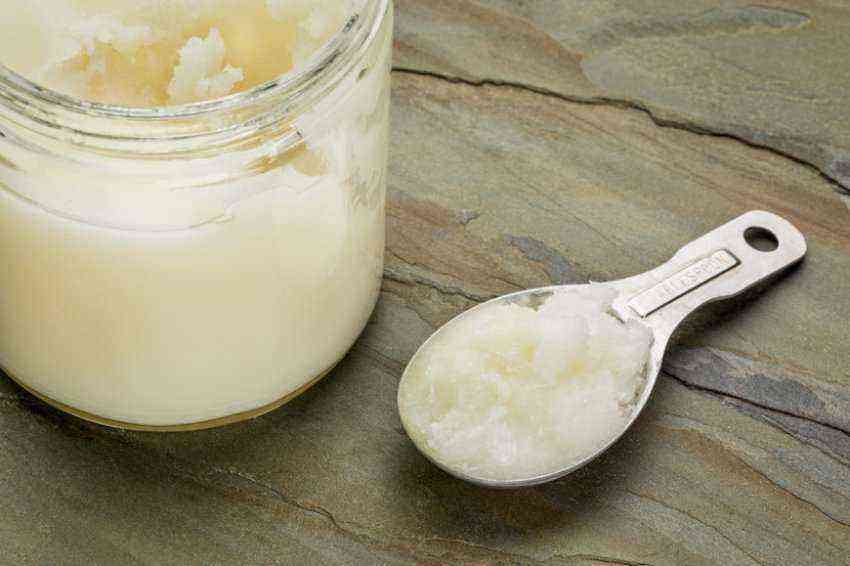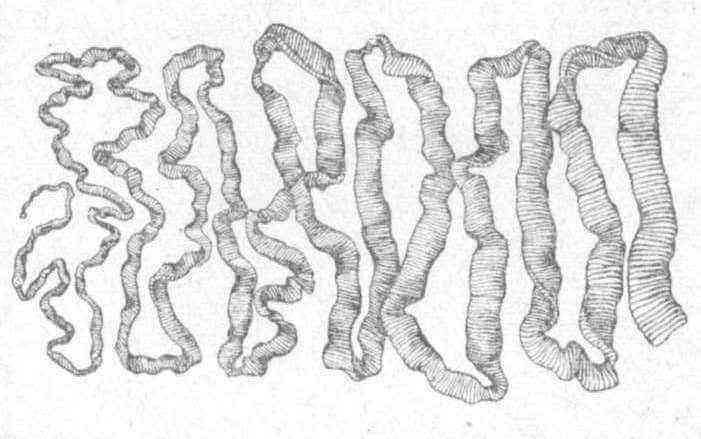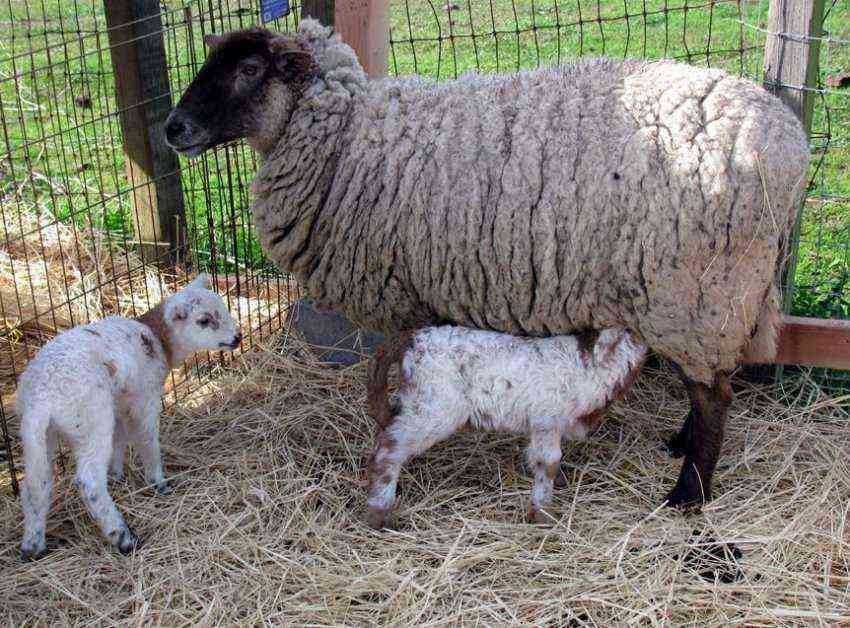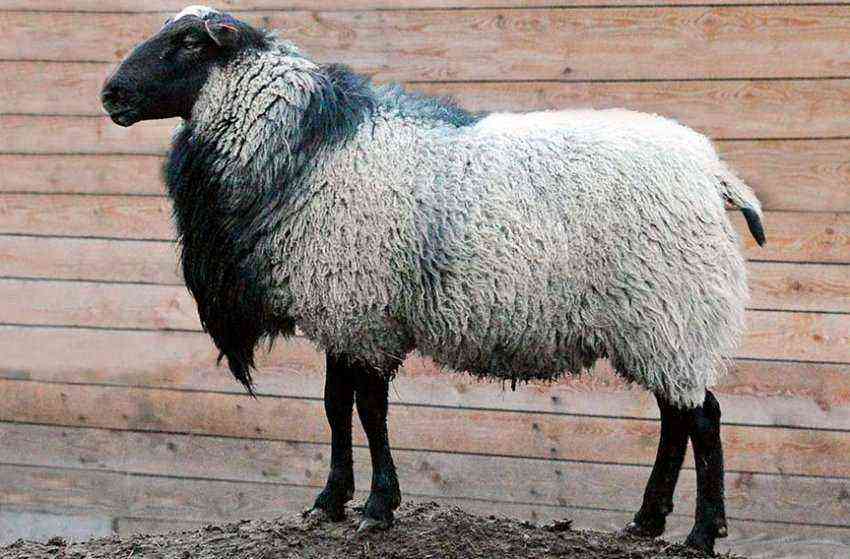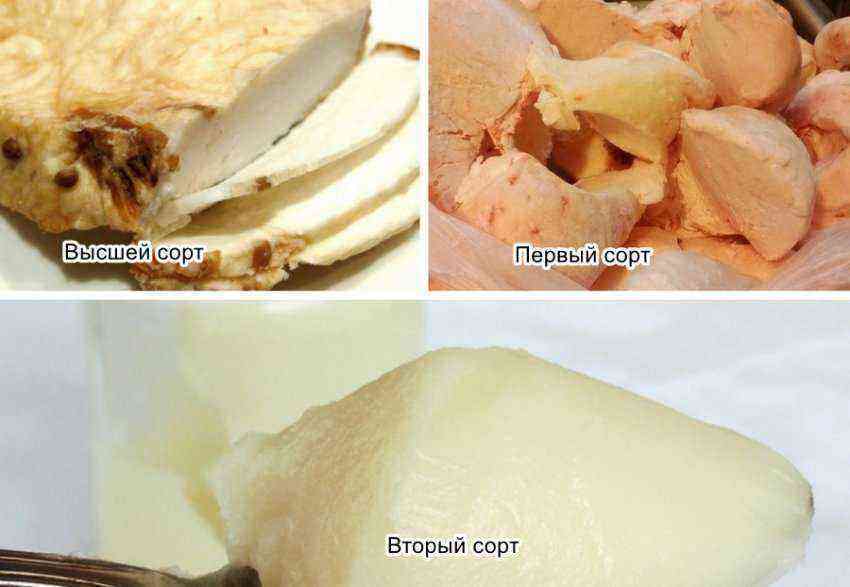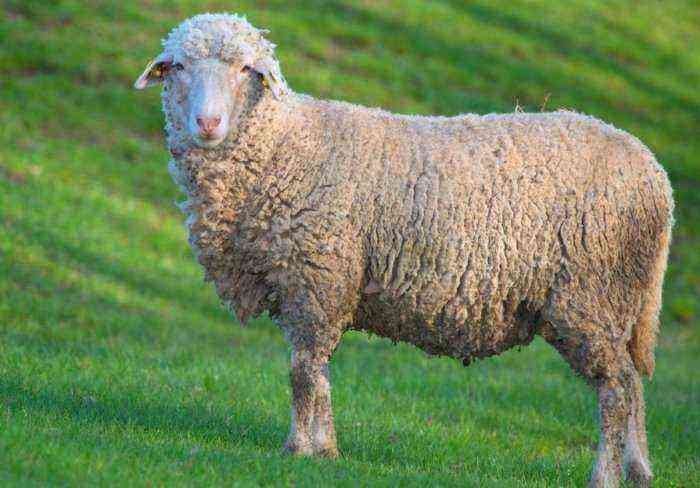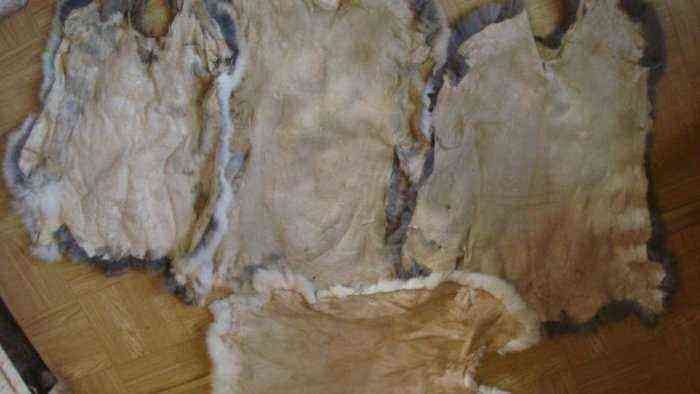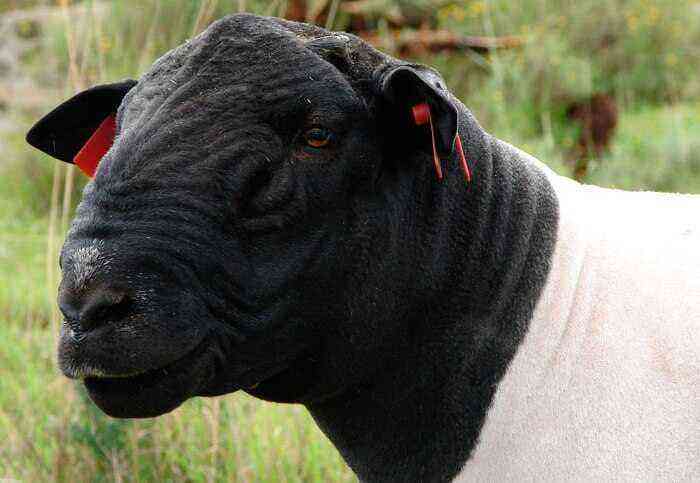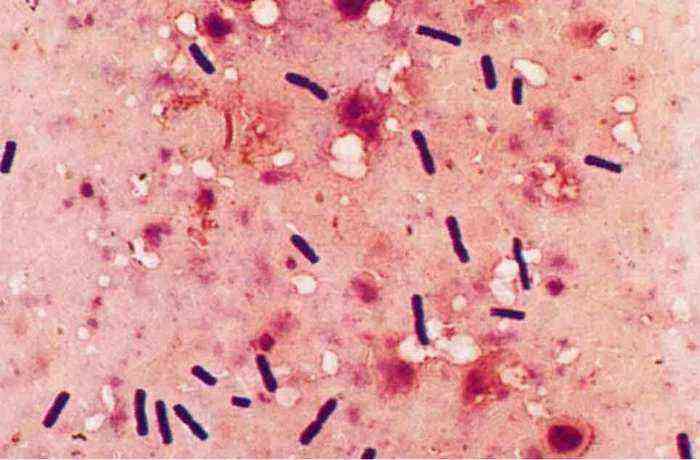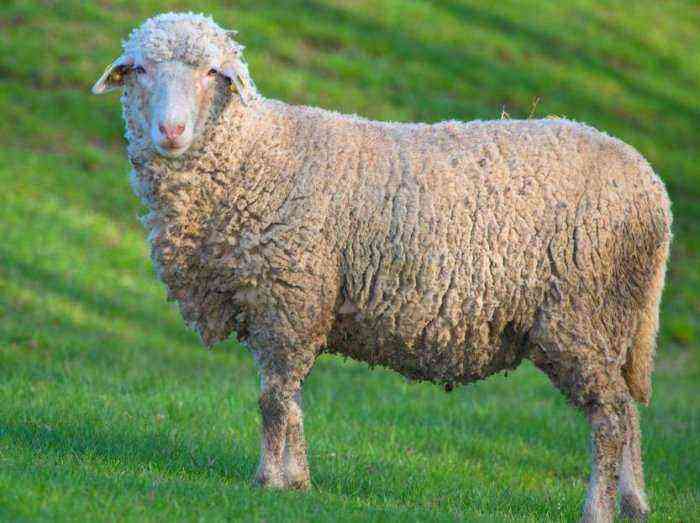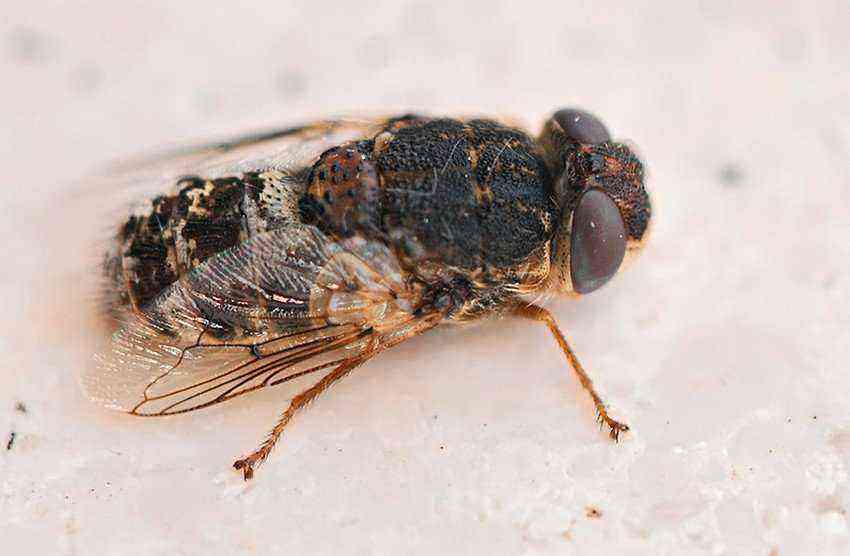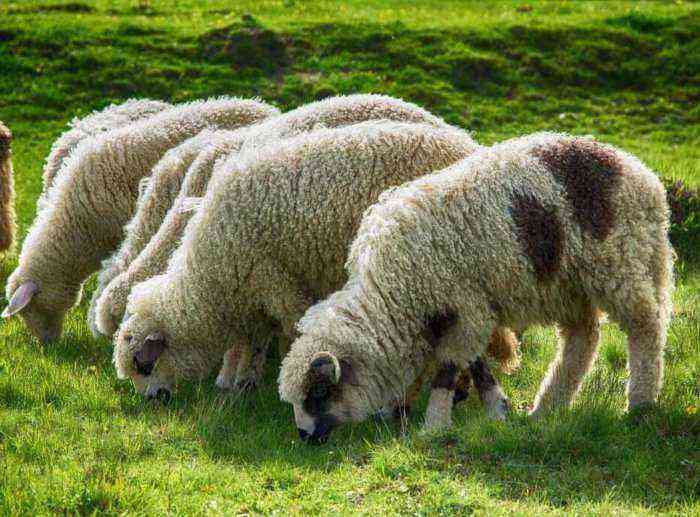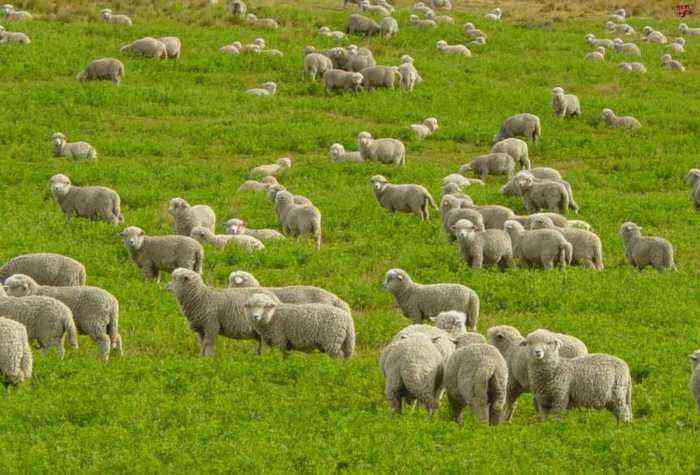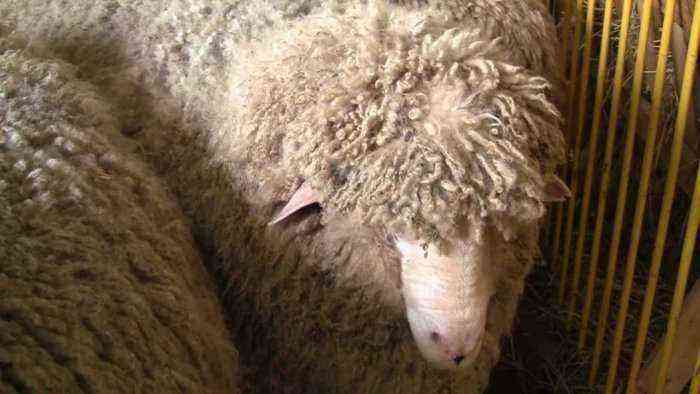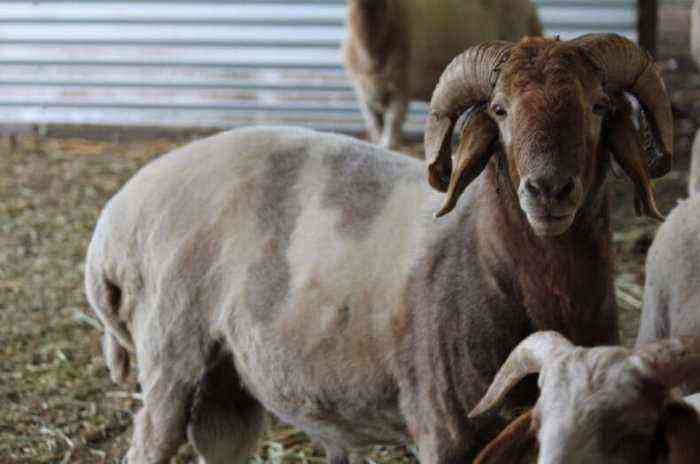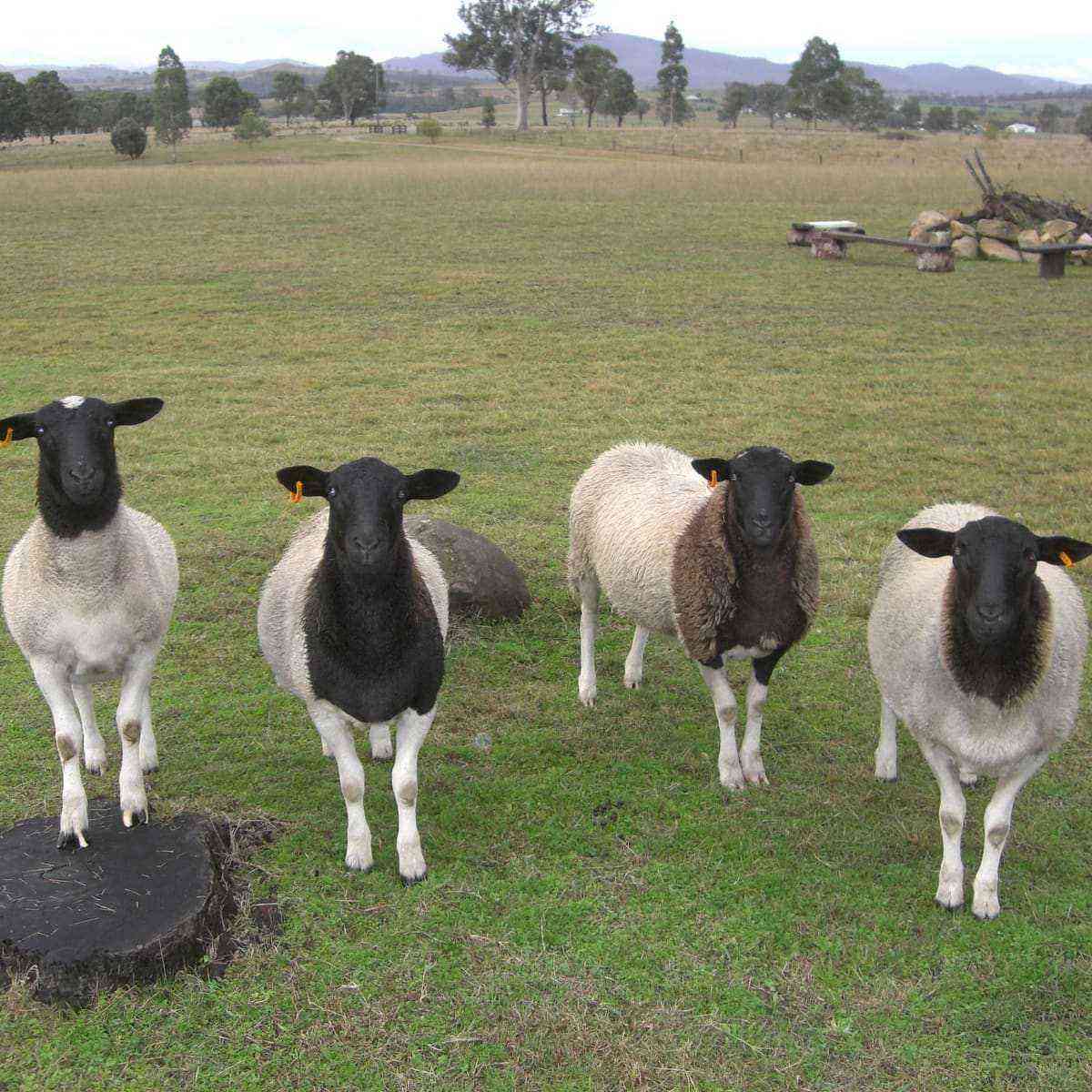Sheep breeding is one of the oldest areas of animal husbandry. They were bred for meat, wool, milk, fat. Moreover, already in ancient times, the first attempts began to isolate, improve and consolidate certain qualities and productivity indicators in a particular group of animals. In the course of such work, a wide variety of sheep breeds was formed, the number of which is constantly growing today.
Breeding of sheep
Varieties of breeds of sheep in the direction of productivity
All modern breeds of sheep differ from each other in a number of characteristic ways. These include exterior features, origin, main breeding sites. But one of the main criteria for distinguishing different types of sheep remains the prevailing direction of the breed’s productivity. Based on this moment, 4 types of such living creatures are distinguished:
- Meat sheep.
- Meat-greasy.
- Dairy.
- Wool.
Meat
Breeds of sheep of the meat direction differ in the largest sizes. Such animals are bred mainly to obtain large volumes of meat. All breed lines of this direction are characterized by the following features:
- a downed body that looks like a barrel;
- high precocity;
- rapid weight gain;
- developed muscles of the body and limbs;
- weight gain even with a poor plant-based diet;
- resistance to many diseases characteristic of sheep;
- high survival rate of the young.
Reference. Such living creatures easily endure difficult climatic conditions and give good weight gains. In addition to purely meat, meat-wool varieties also stand out in this direction. It should be noted that from such cattle it is possible to obtain a certain milk yield and fat (especially for fat-tailed breeds).
Among all the breed lines intended for breeding for meat, the most popular are the Romanov, Kuibyshev, North Caucasian and some others.

Kuibyshev breed
Meat-sebaceous
The meat-fat direction of sheep consists mainly of fat-tailed breeds. In fact, they are a subspecies of beef cattle. The main feature of such living creatures is a large fat deposit in the back of the body. By weight, it can reach 10-20 kg or more. Such formation acts as a kind of supply of nutrients in case of lack of conventional food.
The semi-desert and desert regions of Central Asia are the birthplace of most fat-tailed breeds of sheep. Development in such extreme conditions provided such animals with a number of characteristic features. They are hardy, resistant to diseases and difficult weather conditions, suitable for year-round grazing on pastures with a minimum amount of pasture.
The most popular varieties of this direction are the Edelbaev and Hissar sheep.
Dairy
Dairy sheep breeding has also gained wide popularity in the world. Specialized breeds are distinguished by high milk yields, which can range from 140 to 800 liters. Moreover, such a product is highly valued for its composition. It is rich in vitamins A and B, calcium, phosphorus, linoleic acid. But since sheep’s milk involves a high percentage of fat content, it is mainly used for the production of various cheeses, fermented baked milk, kefir and other dairy products.
The most popular dairy breeds include the following:
- East Frisian. The animals were bred by German breeders. The average milk yield of representatives of this breed of sheep is 550–600 liters. During the day, a sheep gives about 4-6 kg of milk, which, depending on feeding, has a fat content of 5 to 8%. It is worth noting that the East Frisians are also distinguished by high rates in terms of meat productivity. The weight of the female sometimes reaches 90 kg.
- Awassi. Awassi sheep and yarki are natives of arid Syria. They are also among the fat-tailed varieties. Their average milk yield per lactation is 250 kg. But in the presence of an abundant and varied food base, they can produce up to 800 liters of milk.
- Tsigayskaya. Such cattle assumes an average milk yield of 140–160 liters. But, despite the large volumes of milk, sheep more than compensate for them with significant amounts of meat and wool.
- Lacaune. Sheep of this breed line come from France. They are equally well suited to growing in abundant grasslands and poorer arid pastures. During the lactation period, up to 400 liters of milk are milked from one sheep, the fat content of which is 8%.
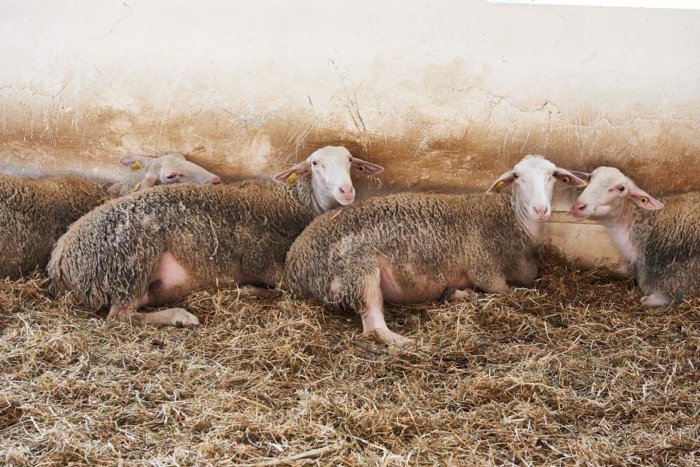
Lacayoune
A variety of assaf is less in demand in domestic open spaces. Its representatives bring up to 400 liters of milk. Also, Ascanian sheep and balabas are often considered among the dairy ones. But they are more suitable for universal.
Woolen
Sheep wool is widely demanded in the production of knitted and woolen fabrics. Therefore, in some breeds, in the course of centuries of selection, this quality has developed. Among themselves, such pedigree lines differ in the quality of the hair, which implies a certain length, number of turns and thickness. In accordance with these parameters, the value of the rune is determined.
As is the case with any other direction of productivity, there are several breed lines of the wool direction, which are especially popular with breeders. These include:
- Australian merino;
- Soviet merinos;
- Grozny sheep;
- Altai variety.
australian merino
These natives of Australia are among the fine-wooled. Their wool is distinguished by a special quality and a high percentage of grease in the structure, which sometimes reaches 40%. Thanks to this nuance, the Australian merino fleece is less dirty and more resistant to damage.
Within the breed, based on the characteristics of physique and productivity, three subspecies are distinguished:
- Fine. This category includes undersized living creatures weighing no more than 70 kg (for rams). The average annual clippings are 5 kg. At the same time, the fleece is of particularly high quality.
- Medium. Such animals are already a little larger. The weight of a ram reaches 80 kg, and that of a ram – up to 40 kg. In terms of wool quality, they are semi-fine-fleeced. The annual cut from one individual is 7–8 kg.
- Strong. Strongs are an exceptionally coarse-haired variety. Up to 10 kg of medium quality wool is sheared from one animal per year. At the same time, the weight of an adult ram sometimes reaches 90–95 kg.
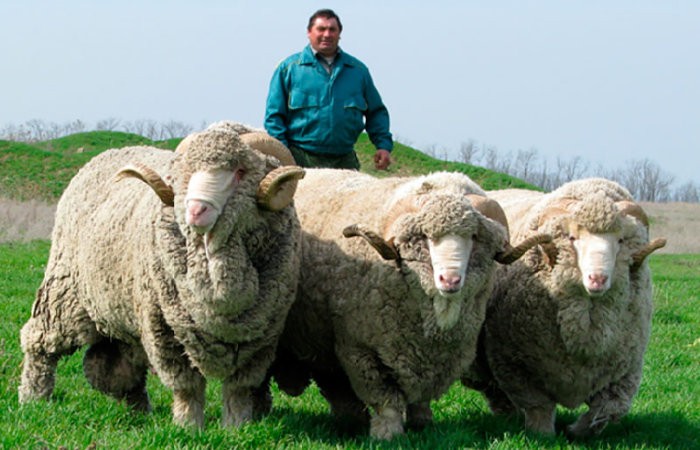
Strongi
Soviet merino
Breeders from the USSR formed a new breed line based on Australian merinos, adding to it the blood of some Siberian and Caucasian varieties. As a result, it was possible to obtain large animals that take root well in cold climates.
The weight of a ram of this variety ranges from 110 to 140 kg. At the same time, the annual wool shear from it is 15–17 kg. The mass of the bright in some cases reaches 95 kg, but most often it ranges from 50–55 kg. It is possible to shear about 8 kg of wool from one female per year.
The length of the hair of such living creatures is from 10 to 12 cm. It can be dyed white, beige or gray.
Grozny sheep
As an official breed, the Grozny was registered in 1950. The Australian Merino was also used as the basis for breeding work. The features of this breed line include the following points:
- height no more than 60 cm;
- weight of rams – 85 kg, females – 45 kg;
- the body is short, the skin is covered with folds;
- males grow large horns, while females are completely polled;
- sheep’s wool is soft and uniform, suggesting an exceptionally white color.
The average cut from a Grozny ram is 8 kg. The female brings the owner up to 3 kg of fleece per year. Such wool is distinguished by an increased amount of grease, which protects it from getting wet.
Altai breed
This variety was formed during the crossing of Siberian, Australian and some French types of sheep. As a result, they managed to get a new breed line of semi-fine-fleece direction, the appearance of which is similar to the exterior of the merino.
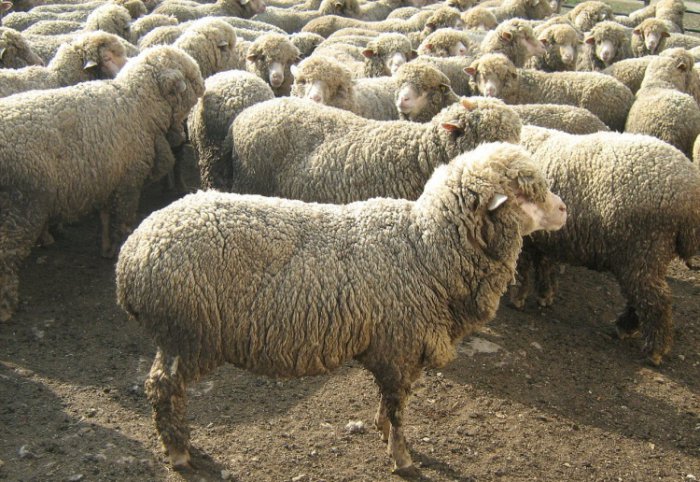
Altai breed
The hairline of such living creatures is uniform, soft and distinguished by fine hairs. The predominant color of the rune is white. Up to 9–10 kg of wool is sheared from one ram per year. Productivity is bright is 6 kg. At the same time, the percentage of pure raw materials after processing is at least 55%.
Classification of breeds by type of wool
It is worth noting that among themselves all breeds of sheep are also divided according to the type of wool. In accordance with this moment, three categories of animals are distinguished:
- Fine-wool.
- Semi-fine-fleece.
- Rough-haired.
Fine-fleece
Wool of fine-wool breeds of sheep is considered the best. It consists of one fluff. In this case, the length of the hair, as a rule, is 7–9 cm. The crimp of the hair is at least 6 turns per centimeter of length. The thickness of the hair does not exceed 25 microns.
The wool of such varieties grows densely and evenly. Also features include:
- thick skin with moderate folding;
- light but strong frame;
- complete polledness in females.
The main fine-wool breeds include: Grozny, Soviet and Australian merino, Askani, Transbaikal.
Semi-fine-fleece
The category of semi-fine-wool includes the Tsigai, Kuibyshev, Gorky, Estonian and some other breed lines. Unlike the previous type, in these animals the coat consists not only of fluff, but also of transitional hair. The thickness of the hairs varies from 30 to 60 microns. In accordance with the length, short-haired (hairs with a length of less than 10 cm) and long-haired (over 10 cm) stand out.
From such raw materials, both technical and higher-quality fabrics used for the production of clothing are made.
Rough-haired
In this category of animals, in addition to down and transitional hair, the coat also includes an awn. In some varieties, it is also complemented by coarse dead hair. During processing, such raw materials are divided into types. Coarse hair is used for the production of technical fabrics. Soft suitable for tailoring. Also, such cattle are raised to produce astrakhans, which are highly valued in the textile industry.
Coarse-haired breeds include Romanov, Karakul, Edilbaev, Karachai breeds.
The best breeds of sheep for breeding for meat
Among the whole variety of meat breed lines of sheep, some are especially highly valued by breeders. Such living creatures give a lot of meat, quickly gain weight, are highly prolific and unpretentious in care. There are several of these breeds.
Romanovskaya
This meat breed of sheep was formed more than two hundred years ago in Russia. It is distinguished by high meat productivity and rapid adaptation to various climatic conditions.
The mass of the Romanov ram reaches a centner. Yarki, as a rule, weigh 50–55 kg. The exterior of the animal suggests the following features:
- beaten physique;
- strong skeleton;
- long short legs;
- polledness of all representatives of the breed;
- hump on the front of the head.
The average yield of meat from the carcass of such animals is 50%. The fecundity of the flocks suggests an average value of 300%. The young are growing fast.
Gorkovskaya
Gorky sheep and ewes are distinguished by their unpretentiousness, endurance and resistance to various diseases. The average weight of a ram of this breed is 100–110 kg. In sheep, the mass reaches 75–80 kg.

Gorky sheep
The fecundity of the ewes is at an average level and is 140%. Lambs grow quickly and reach a weight of 30 kg by 4-5 months.
Kuibyshevskaya
The Kuibyshev breed arose as a result of crossing English Romney March lambs with rams of domestic varieties. The resulting livestock is distinguished by high productivity and fertility.
The main features of the constitution of animals are:
- strong skeleton;
- elongated barrel-shaped body;
- short tail;
- uniform coat of white color.
The weight of an adult ram is 100 kg. The mass of a sheep reaches 70 kg. The slaughter yield of meat from a carcass is 50–54%. Fertility reaches 140%.
North Caucasian
North Caucasian sheep are among the semi-fine-fleeced. Lincolns, the Stavropol variety and the Romney March were used in their breeding. The goal of the breeders was to breed meat animals that feel good and grow quickly in the climatic conditions of the north of the Caucasus.
As they grow older, the males of the North Caucasians reach a weight of 120 kg. The weight of females ranges from 60–70 kg. The slaughter yield of meat for such living creatures is at the level of 52%.
The main features of the appearance of such livestock include:
- strong muscular body of a rectangular shape;
- wide deep chest;
- smooth fleshy back;
- polled and rams, and bright;
- knocked down coarse wool;
- massive limbs.
Such sheep are characterized by precocity. By 4 months, lambs with a proper diet gain 32–34 kg. The total fecundity is 140%.
Breeds of meat-fat direction
The list of leaders in popularity also exists in the meat and greasy direction of productivity. But out of competition there are only two varieties:
- Гиссарская.
- Edilbaevskaya.
Гиссарская
Hissar sheep were formed in the mountainous and semi-desert regions of Uzbekistan and Tajikistan. The dry climate and sparse vegetation of the plains contributed to the development of endurance and unpretentiousness of these animals. But at the same time, this did not make their constitution dry. The average weight of a ram is 125 kg, and the ewes sometimes reach the mark of 90 kg. Individual representatives of the Hissars with a balanced diet gained up to 190 kg of weight.
The exterior features of living creatures include:
- long fleshy body;
- deep chest;
- long thin legs;
- large fat tail in the back of the body;
- a small head on a long neck;
- horns are found selectively and not in all representatives of the livestock.
Hissars are bred for valuable meat and tail fat, which in its taste differs from subcutaneous and internal fat. The slaughter yield of meat in the breed is 60%. The fecundity of the bright, as a rule, does not exceed 115%. It is also worth noting that Hissar lambs give up to 120 liters of milk during the lactation period.
Edilbaevskaya
Edilbaev sheep appeared about two hundred years ago in Kazakhstan. Astrakhan rams and the best ewes from among the local fat-tailed sheep were used to form the breed. The breeders of such living creatures led a nomadic lifestyle, which contributed to the development of its endurance and stamina.
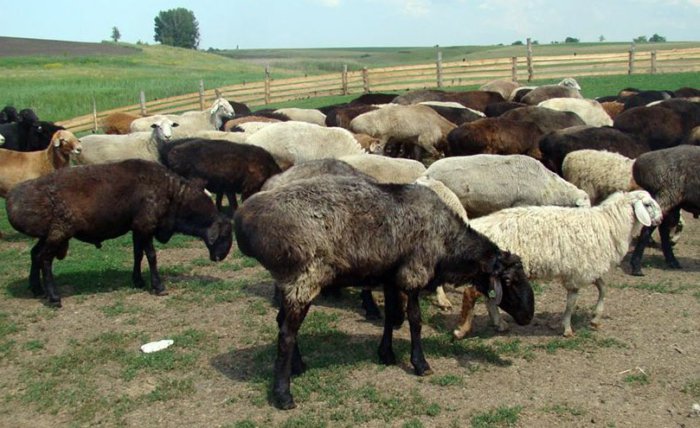
Edilbaevsky sheep
Like the previous group of cattle, the edilbai are among the fat-tailed ones. The average weight of a ram is 110 kg. Females are lagging behind in this respect. Their mass, as a rule, does not exceed 70–75 kg. The characteristic features of the constitution of the animal include:
- long body;
- large fat tail;
- long dry legs;
- complete smut.
The coat color is mostly black or dark brown. Less common are individuals whose color suggests one of the shades of red.
Edilbaevsky sheep are bred mainly for dairy products and meat. One bright for a year gives from 160 to 185 liters of milk. The slaughter yield of meat from the carcass is 50-55%.
Conclusion
Today there are a number of different breeds of sheep. Moreover, each variety implies an individual direction of productivity, exterior features and maintenance requirements. Having carefully studied them, a novice breeder will be able to easily navigate and choose the breed line that will best meet his needs.
